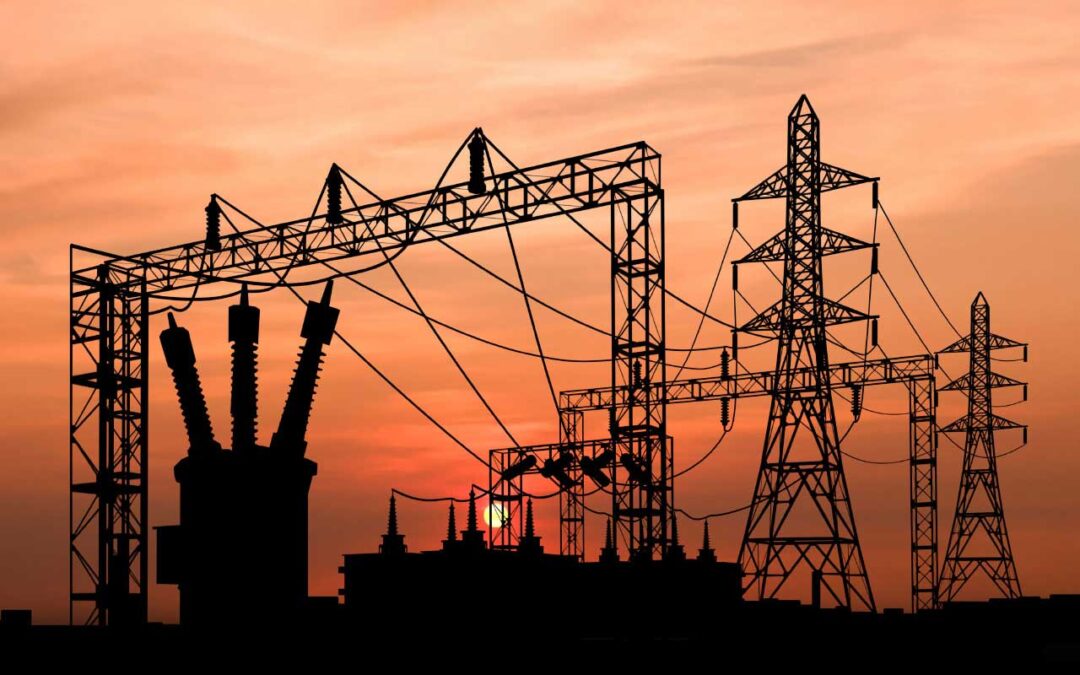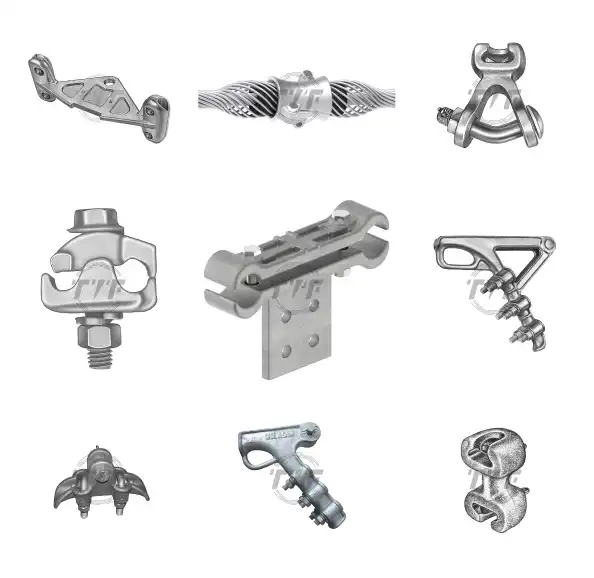- Grid forming inverters are a vital technology for building resilient power systems for renewable energy integration.
- Energy storage systems help address the intermittent nature of renewable energy sources like solar and wind power.
- Resilient power systems can help develop a platform to predict effects of climate events on the electric power system.
In 2025, South America can expect trends that could revolutionize the energy sector. The region has been working to build resilient power systems to address the region’s unique challenges. Resilient power systems can address climate change, natural disasters, and the growing demand for energy. The initiative aims to ensure reliable, sustainable, and inclusive energy access while integrating renewable energy sources and modernizing infrastructure. The initiative will also focus on renewable energy integration, grid modernization, regional cooperation, and fair access. Key initiatives include renewable energy integration, transmission and distribution networks modernization, energy storage solutions, and decentralized energy systems. Resilient power systems support modern society in light of shifts away from centralized power plants towards a more decentralized model. This would improve the ability to protect against and recover from any event that would impact the grid.
The region is also investing in training programs and technology transfer to build local expertise in renewable energy and grid management. Capacity building ensures the sustainable operation and maintenance of resilient power systems. With continued investment, regional cooperation, and innovative solutions, South America could build a resilient power system that supports sustainable development and climate resilience. For instance, countries like Brazil, Chile, and Argentina are investing in renewable energy sources to diversify their energy mix and reduce dependence on fossil fuels. Renewable energy integration enhances energy security, reduces greenhouse gas emissions, and builds resilience against fuel price volatility. This articles explores the technologies used in building resilient power systems. It also highlights the benefits and future outlook for South America’s energy sector.
Grid-forming inverters in building resilient power systems
Grid-forming inverters are a technology for building resilient power systems in grids with high renewable energy penetration. They are advanced power electronic devices that convert DC electricity from solar panels, batteries, and wind turbines into AC electricity. They create their own reference signal that enables them to establish voltage and frequency without depending on the main grid. This makes them able to operate on their own. Grid-forming inverters are being deployed in large-scale solar projects in the Atacama Desert to stabilize the grid and integrate more renewable energy in Chile. Other countries like Brazil, Colombia, and Argentina are also investing in grid-forming inverters to ensure grid stability. The following are the roles of grid-forming inverters in building resilient power systems in South America.
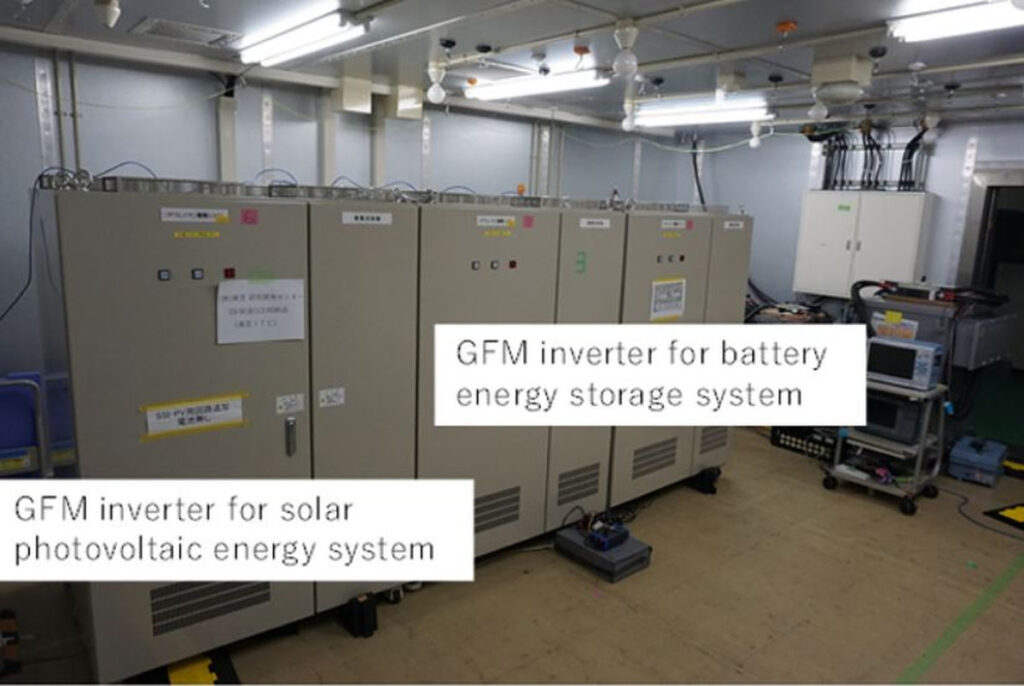
- Enabling renewable energy penetration—solar and wind power are intermittent and lack the inertia provided by traditional power plants. Grid-forming inverters provide synthetic inertia and fast frequency response. This helps to balance supply and demand in real-time.
- Grid stability—most renewable energy projects are in remote areas where the grid is weak or nonexistent. Grid-forming inverters can operate in isolated configurations to provide stable power to remote communities. This improves energy access and supports economic development.
- Supporting microgrids and decentralized systems—decentralized energy systems need robust control mechanisms to ensure reliability. Grid-forming inverters enable the creation of self-sustaining microgrids that can operate independently.
- Improving resilience—South America faces extreme weather events such as hurricanes, floods, and droughts. Grid-forming inverters can restore power after outages to ensure a faster recovery from disasters.
- Regional energy integration—South America’s diverse geography and varying energy resources need efficient cross-border energy exchange. Grid-forming inverters can stabilize interconnections between countries to enable smoother energy sharing and reduce the risk of cascading failures.
The role of energy storage systems in South America‘s energy sector
Energy storage systems are the cornerstone of building resilient power systems in South America. With increased integration of renewable energy sources like solar and wind, energy storage systems could address their intermittency. Energy storage systems store excess energy and release it when needed. This helps enhance grid stability, improve energy access, and support the transition to a sustainable energy future. Energy storage systems serve in large-scale battery storage, pumped hydro storage, solar storage microgrids, and hybrid renewable energy systems. Discussed below are the roles of energy storage systems in building resilient power systems in South America.
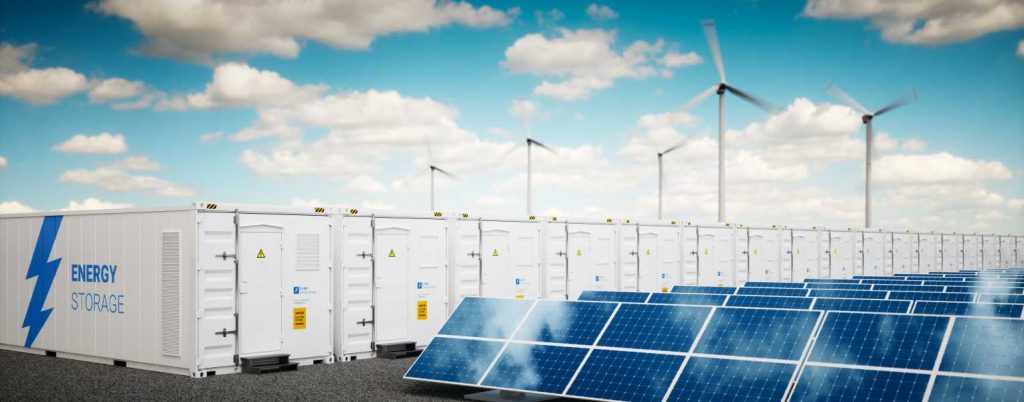
- Balancing supply and demand—energy storage systems store excess electricity generated during periods of high renewable energy production. This helps balance supply and demand, reduce the need for fossil fuel-based peaking plants, and ensure a stable power supply.
- Integrating renewable energy—ESS addresses the intermittent nature of solar and wind power. Energy storage systems enable higher penetration of renewables without compromising the grid.
- Providing grid stability—ESS can provide grid services such as frequency regulation, voltage control, and synthetic inertia. This enhances grid resilience in regions with high renewable energy penetration and reduces reliance on fossil fuels.
- Microgrids and decentralized systems—ESS can pair with renewable energy sources to create self-sustaining microgrids. This improves energy access in underserved regions of South America.
- Supporting disaster recovery and resilience—energy storage systems can provide backup power during natural disasters. This ensures continuous power supply for critical infrastructure to enhance community resilience.
- Reducing energy losses and improving efficiency—ESS can store energy during periods of low demand and release it during peak hours. This reduces the need for long-distance transmission and reduces energy losses.
The importance of resilient power systems for climate change
Building a resilient power system is crucial for climate change and its challenges in South America. This effort involves developing a platform for predicting the effects of climate events on the electric power system. This includes extreme winds and temperatures that impact the electric power system. A resilient power system ensures reliable and sustainable energy access and supports climate change mitigation efforts. This is by enhancing grid stability, integrating renewable energy, improving energy access, and supporting economic development. Here are the roles of resilient power systems in climate change goals in South America.
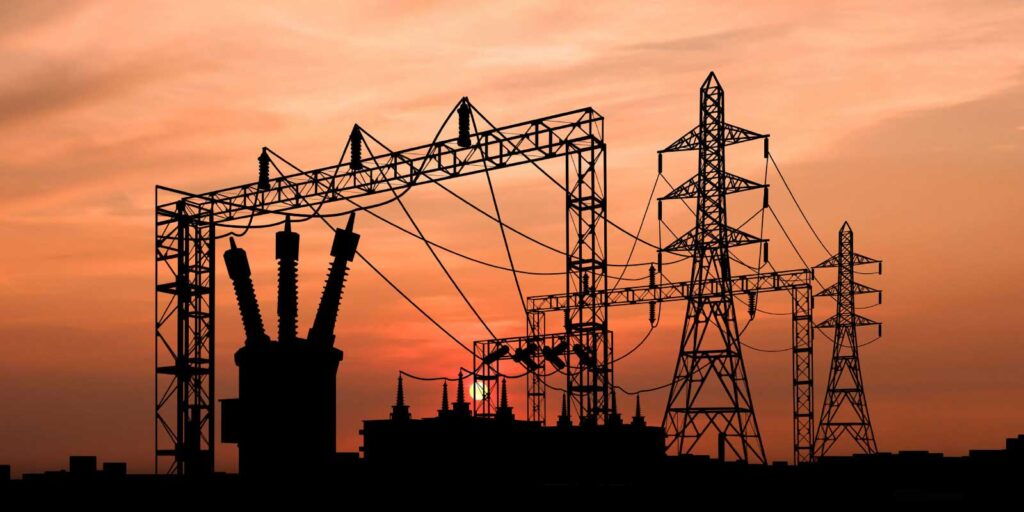
- Adaptation to extreme weather events—climate change has increased the frequency of extreme weather events in the region. Resilient systems can restore power after outages to ensure emergency response systems remain operational. Upgrading transmission lines, substations, and power plants to withstand extreme weather reduces vulnerability to climate-related disruptions.
- Renewable energy integration—transitioning to renewables is essential for reducing greenhouse gas emissions and mitigating climate change. This helps ensure the stability and reliability of the power systems. For instance, Chile’s solar farms in the Atacama Desert use energy storage to provide stable power.
- Reduced greenhouse gas emissions—transitioning to low-carbon energy systems is vital for meeting global climate goals. Resilient power systems enable higher penetration of renewables, reducing reliance on fossil fuels.
- Enhancing energy access—climate change affects vulnerable populations who often lack reliable energy access. Resilient power systems offer reliable electricity to remote and underserved areas. Access to energy enables communities to use climate-resilient technologies. Solar microgrids in Peru and Bolivia provide electricity to off-grid communities.
- Water-energy nexus management—climate change affects water availability—is crucial for energy production in South America. Integrating solar, wind, and energy storage reduces dependence on hydropower and enhances grid resilience. Smart grid technologies optimize water use in energy production to ensure sustainable management of water resources.
The benefits of building resilient power systems in South America’s energy sector
Building a resilient power system in South America’s energy sector provides various benefits. This could help address the region’s challenges, including climate change, energy access, and economic development. These benefits include:
- Energy security—a resilient power system ensures a reliable and uninterrupted energy supply during extreme weather events. This reduces the risk of blackouts and ensures critical infrastructure remains operational.
- Improved climate resilience—resilient power systems are able to withstand the impacts of climate change. This reduces damage to energy infrastructure and ensures a continuous power supply during and after weather events.
- Economic growth—investing in resilient power systems creates jobs in construction, engineering, and maintenance.
- Reduced energy access—modernized grids and energy storage systems optimize energy use, reduce transmission losses, and lower energy costs.
- Disaster recovery and resilience—resilient power systems can restore power after natural disasters and ensure faster recovery.
The future ahead
The future of building resilient power systems in South America is promising but needs strategic planning, investment, and collaboration to address the challenges. The development of resilient power systems will ensure sustainable, reliable, and inclusive energy access. South America will continue to expand its renewable energy capacity to reduce reliance on fossil fuels and meet climate goals. Scaling up large-scale solar and wind projects could enhance power resilience. Integrating distributed renewable energy systems such as rooftop solar and community microgrids could improve energy access in remote areas. Additionally, deploying large-scale battery storage projects could support solar and wind farms. Expanding pumped hydro storage using existing hydropower infrastructure could also enhance the resilience of power systems. The adoption of advanced technologies and the development of resilient power systems have the potential to transform South America’s energy sector.
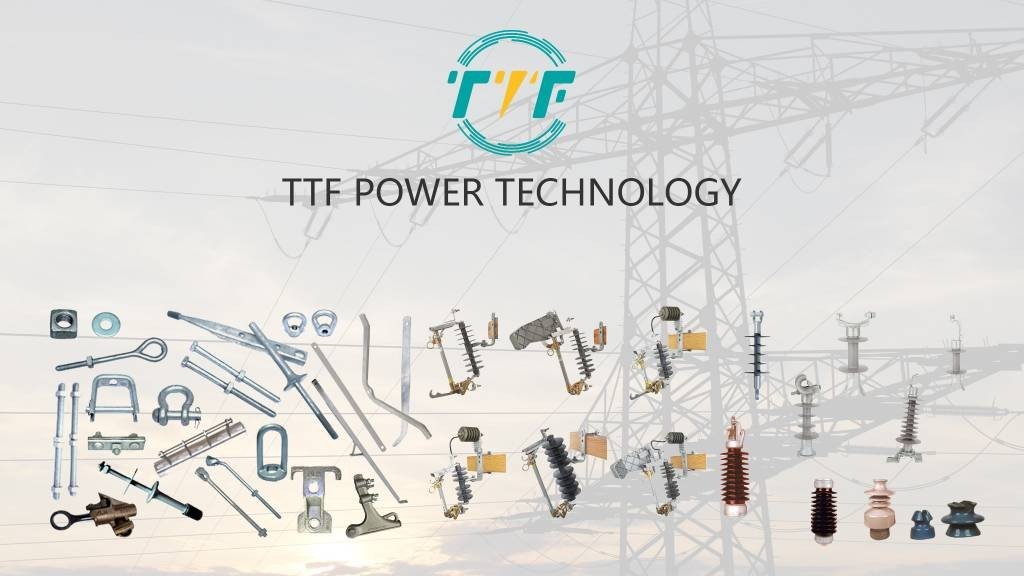
TTF Power supports the development and deployment of resilient power systems in South America’s energy sector. This is by providing products used in transmission and distribution networks and integrating renewable energy. TTF is a world-class global provider of high-quality overhead line hardware, transmission hardware, distribution hardware, conductors, insulators, cutout switches, anchoring, and grounding products. We provide our customers with the most extensive range of products in the industry, excellent value, and knowledgeable service.

